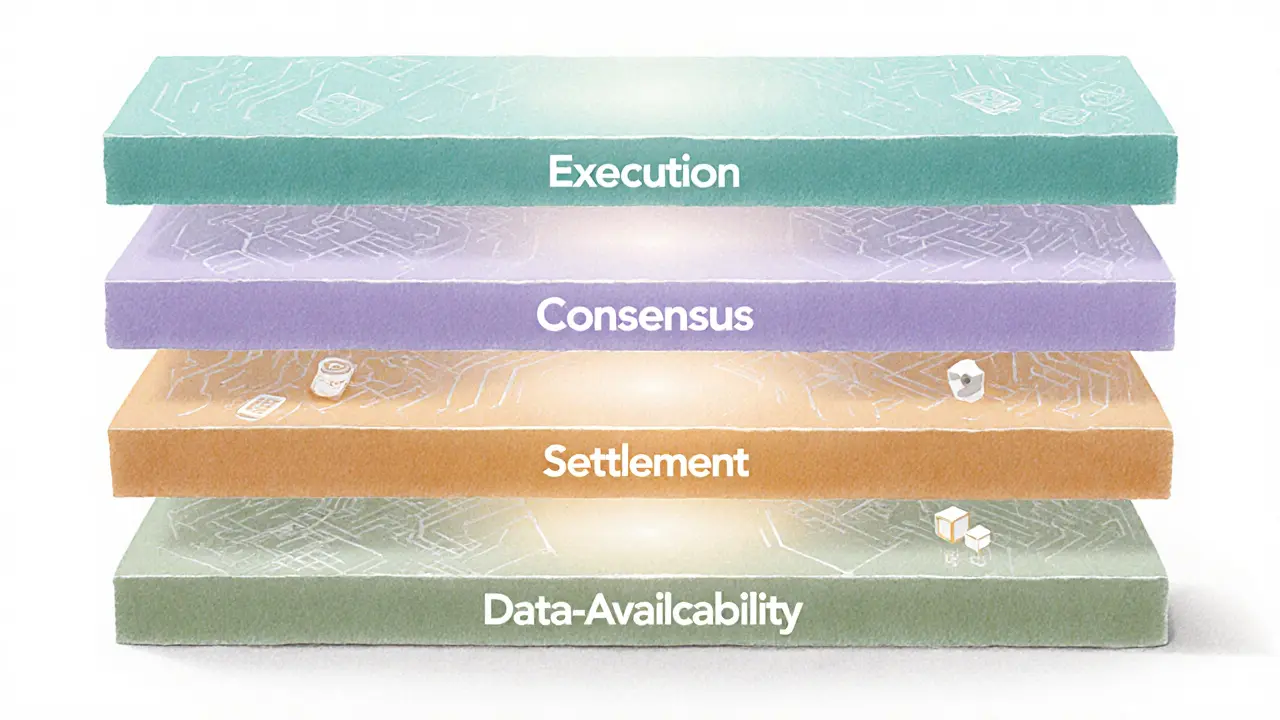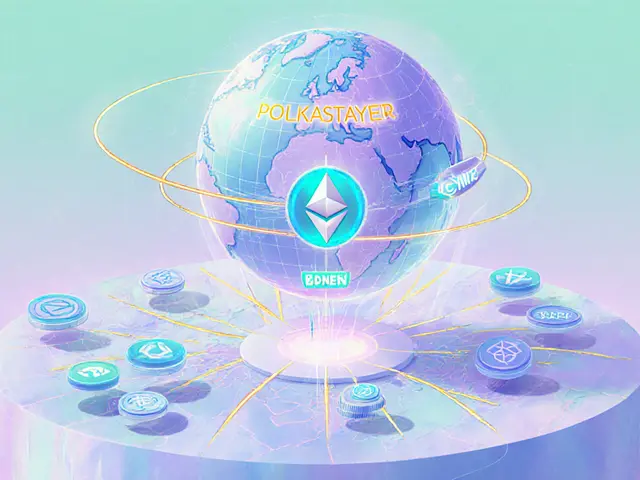Modular Blockchain Interoperability: Connecting Chains Efficiently
When working with Modular Blockchain Interoperability, a design approach that splits a network into consensus, execution, and data‑availability modules so different blockchains can talk to each other without rewriting their core code. Also known as modular interop, it lets developers snap chains together like Lego bricks. Modular Blockchain Interoperability enables cross‑chain communication, requires standardized protocols, and relies on a few building‑block concepts that keep the whole system secure and fast.
One of those building blocks is the Cross‑Chain Bridge, software that locks assets on one chain and mints a wrapped version on another, allowing tokens to move back and forth. Bridges are the most visible way users send value across chains, but they also expose security risks if the lock‑up contracts aren’t audited. Another core piece is the Parachain, a specialized side‑chain that plugs into a shared security pool, offering custom logic while inheriting the main chain’s safety guarantees. Parachains act as dedicated modules for DeFi, gaming, or identity, and they communicate with other parachains through the relay chain, creating a network of purpose‑built chains. Finally, Layer‑0 Protocol, the base layer that provides consensus, messaging, and data‑availability services to all attached modules ties everything together. Layer‑0 solutions like Cosmos SDK or Polkadot’s Relay Chain define the rules that let parachains, bridges, and other modules interoperate without each having to implement its own consensus.
Why It Matters Today
In practice, modular blockchain interoperability means a developer can launch a new DeFi app on a parachain, use a cross‑chain bridge to tap liquidity on Ethereum, and rely on a layer‑0 protocol to settle everything quickly and securely. This triad—bridges, parachains, and layer‑0—creates a flexible ecosystem where new projects don’t need to reinvent the wheel. It also lowers the barrier for users who can move assets without juggling multiple wallets or dealing with high fees on a single chain. As more ecosystems adopt standardized protocols like IBC (Inter‑Blockchain Communication) and the upcoming Hyperlane, the web of blockchains becomes more like a single, cohesive network rather than isolated islands. Below you’ll find a curated set of guides, analyses, and news pieces that dive deeper into each of these components, show real‑world use cases, and explain the risks and opportunities you should watch when exploring modular blockchain interoperability.

Explore how modular blockchains achieve seamless cross‑chain communication, the difference between 1‑to‑1 and n‑to‑1 interoperability, and why Polkadot's XCM sets the standard.
Jonathan Jennings Feb 25, 2025




